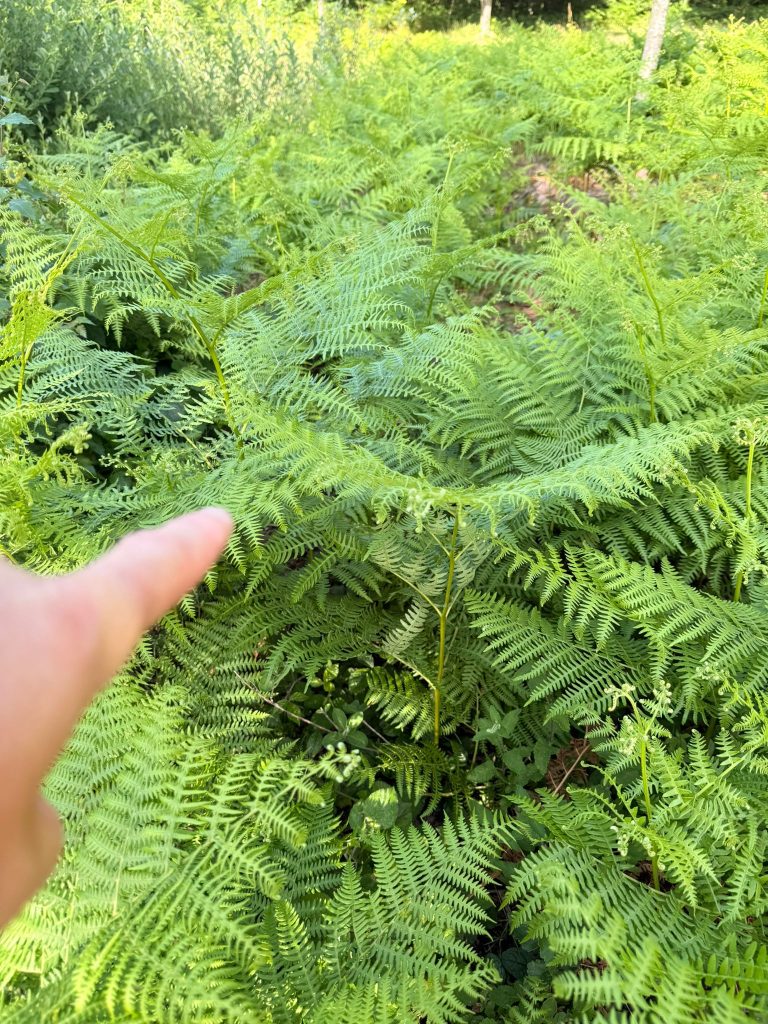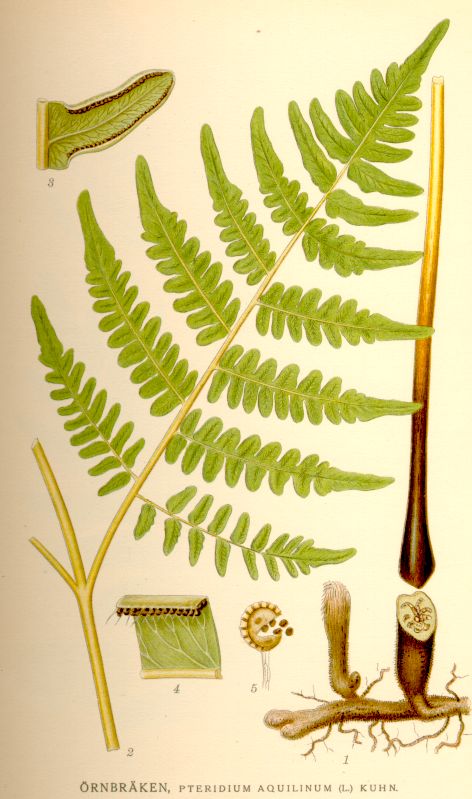In medieval times, the humble fern, with its lush green fronds, held a place of quiet importance in the world of herbal remedies.
Amidst the mysticism and trial-and-error of medieval medicine, ferns were thought to possess mysterious and potent healing properties, passed down through generations of folk knowledge.
One of the most sought-after ferns was the male fern (Dryopteris filix-mas)…. I had to google that….

The roots of this fern were particularly revered for their ability to expel worms from the body….common in medieval times! It was common practice for a healer to gather the roots, dry them, and grind them into a powder, which would then be mixed into a potion.
This was believed to be the solution to intestinal worms. Other ferns, like the bracken fern (Pteridium aquilinum), were used for digestive issues. A simple decoction of bracken was thought to soothe bloated bellies or ease a troubled stomach. The fern’s application wasn’t limited to internal remedies, though. Its fronds were also used in wound care.
Applying the cool fronds to cuts or bruises was believed to promote healing, with the plant’s soothing properties helping to reduce swelling and speed up recovery. Beyond their medical uses, ferns also held a place in the folklore of the time. Ferns were seen as symbols of fertility and growth, often associated with nature’s resilience.

In some communities, it was believed that the fern’s ability to flourish in damp, shaded environments mirrored the mysterious, hidden nature of fertility itself. Yet, not all uses of ferns were without risk. Plants like bracken contained toxic compounds, and using them improperly could result in harm. Despite this, the magical belief in their power persisted, and ferns continued to be a cornerstone of medieval medicine, both practical and mythical.
Now we pay extortionate prices for them in garden centres!






